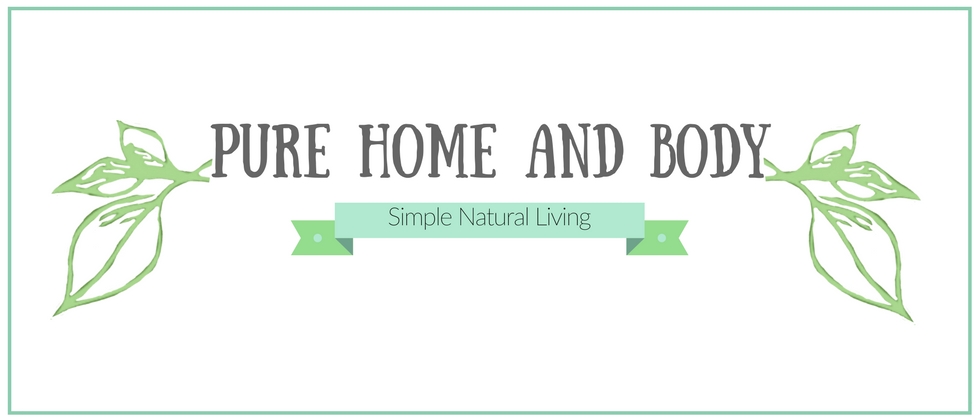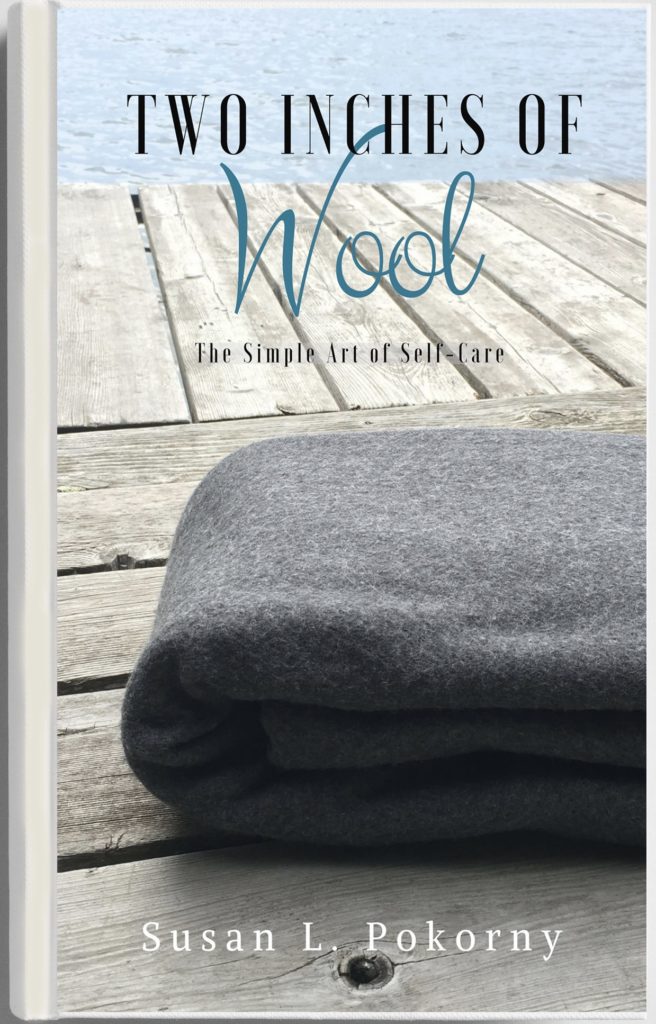 This information is not intended as a substitute for medical advice, rather a source of inspiration on how to stay healthy and keep your immune system strong. Cough syrups are some of the most chemical loaded products with artificial colors and flavorings added (does anyone really like the flavor?). When you can green up your healthy living routines you’ll have a strong immune system and less likely to succumb to a cold or cough during cold season. Food grade, Therapeutic Grade essential oils are like whole foods, they are steam distilled plant material or cold pressed oils from the rind of citrus fruits. While traditional cough syrups are really drugs to use when you have cough symptoms, essential oils work with your body’s chemistry and support healthy immune function.
This information is not intended as a substitute for medical advice, rather a source of inspiration on how to stay healthy and keep your immune system strong. Cough syrups are some of the most chemical loaded products with artificial colors and flavorings added (does anyone really like the flavor?). When you can green up your healthy living routines you’ll have a strong immune system and less likely to succumb to a cold or cough during cold season. Food grade, Therapeutic Grade essential oils are like whole foods, they are steam distilled plant material or cold pressed oils from the rind of citrus fruits. While traditional cough syrups are really drugs to use when you have cough symptoms, essential oils work with your body’s chemistry and support healthy immune function.
My most recent check on Amazon for “cough medicine” indicated 1242 options. Expectorants, suppressants, decongestants, non-drowsy, you get the picture. The back of the label will most likely be filled with side effect and cautionary information. Essential oils have been our best form of immune system care when we are indoors all winter. Sometimes dry winter air can give you a dry throat, we take a spoonful of agave nectar with a drop of lemon essential oil added to it. The lemon soothes a dry, scratchy throat and can boost your immune system as well. For adults, add a drop of Immune Boosting Blend (Cinnamon/clove) to this spoonful for a super charged boost in immunity.
Some other oils are helpful in supporting a healthy immune system during the winter when air gets stale in your home or office: Eucalyptus Radiata, Eucalyptus Globulus, Ravansara, and wintergreen are especially effective at freshening indoor air. There are a couple of essential oil blends that we use often in the winter. Eucalyptus Blend is one of the most used oil blends in our home – it has four different kinds of eucalyptus in it plus peppermint, lavender, cypress and pine essential oils. If anyone feels a little run down or tired, we apply a drop or two to each foot. Commercial Eucalyptus oils on their own can be too potent for children, but when it is combined with more gentle oils of lavender and cypress it is a great choice for kids. For children under 3 dilute a drop with a 1/2 teaspoon of a carrier oil and massage onto the feet.
Ravensara blend of ravansara, wintergreen, Eucalyptus radiata, lemon and peppermint essential oils. The ravansara supports healthy lung function encourages wintergreen, eucalyptus and peppermint essential oils are invigorating aromas. We find just one application of the oils onto the feet at bedtime is enough to relax at bedtime. For children and those sensitive to aromas apply the oils to the soles of the feet. For adults, massage the oils into the chest, add to bath water or place a drop in a bowl of warm water and breathe deeply.
Alternating applications of a Eucalyptus Blend with a Ravensara Blend may be a soothing combination. Layering the oils increases the synergy between the oils. For adults, we apply 2 drops of Eucalyptus blend. mixed with a vegetable carrier oil to the chest area, then 2 drops of Ravven on top. This can also be done on the bottoms of the feet concentrating on the lung area points of reflexology. For children, mix 1 drop of essential oil with a tsp of a vegetable carrier oil or olive oil (or lavender essential oil which acts like a carrier oil), massage onto the bottoms of feet, cover with cotton socks and rest. If you are using therapeutic grade oils you may not even have to dilute oils when applying to the soles of the feet. You can rotate oils, one day applying them every hour (the time it takes for the body to metabolize the oils). I took 2 drops of 2 different oils , rubbed them between my hands and held my hands on the soles of her feet a few minutes. Her face would light up as she said she relaxed. Applying essential oils to the feet with a light massage is very soothing and calming for both the giver and receiver. Always make sure you ask permission before applying oils to your family members as a sign of respect.
Frankincense supports healthy lung function and it has the benefit of encouraging relaxation. Frankincense is also a very gentle oil as long as it is not filled with chemicals or synthetics. I use Boswelia Carterri Frankincense neat (undiluted) on the chest or soles of the feet. Frankincense is very soothing to the respiratory tract and uplifting to the senses when diffused.
Drinking plenty of fluids and foods rich in vitamin C are essential to keeping your immune system happy. For those with weak lungs, always apply essential oils to the soles of the feet. If you develop a cough or difficulty breathing at any time make sure to seek medical care right away.
Farid A. Badria, Eman A. Mohammed, Mohammed K. El-Fadrawy, et al (2004). Natural Leukotriene inhibitor from Boswellia (frankincense): A potential for treating bronchial asthma. Altern & Comp Therapies. 10 (5) 257-265.
Inouye S, Takizawa T, Yamaguchi H. (2001). Antibacterial activity of essential oils and their major constituents against respiratory tract pathogens by gaseous contact. J Antimicrob Chemo. 47: 565-573.
Larrondo J, Agut M, Calvo-Torras M. (1995). Antimicrobial activity of essences from Labiates. Microbios. 82: 171-172
Clark CE1, Arnold E, Lasserson TJ, Wu T. Herbal interventions for chronic asthma in adults and children: a systematic review and meta-analysis. Prim Care Respir J. 2010 Dec;19(4):307-14. doi: 10.4104/pcrj.2010.00041. http://www.ncbi.nlm.nih.gov/pubmed/20640388
Houssen ME1, Ragab A, Mesbah A, El-Samanoudy AZ, Othman G, Moustafa AF, Badria FA. Natural anti-inflammatory products and leukotriene inhibitors as complementary therapy for bronchial asthma. Clin Biochem. 2010 Jul;43(10-11):887-90. doi: 10.1016/j.clinbiochem.2010.04.061. Epub 2010 Apr 27. http://www.ncbi.nlm.nih.gov/pubmed/20430018













Where can I purchase thses products from?
I am interested in the ‘Eucalyptus radiata’ and ‘R.C essential oil blend.
I live in East Maitland N.S.W
Our 7 year old woke up in the night very congested. He was frantic about blowing his nose so he could breathe through it. However that wasn’t working. The first thing I did was mix RC and Raven in coconut oil. Then I applied them to our son’s chest. He said after a few minutes it was hard to breathe so I applied more coconut oil to his chest to dilute the oils more. My husband is allergic to pine and didn’t know if my son may be also which could cause him to have difficulty breathing. What other oils have worked for you for congestion that is pine free? Thanks!
RC contains pine, but Raven doesn’t. Having an allergy to pine essential oil depends on whether it is to the sap or the needles and doesn’t necessarily mean one will have an allergy to an essential oil.
Our family has used lavender, frankincense and lemon for to support healthy nasal function as well as some targeted acupressure along the sinus points on the face and around the eyes. We have also applied lemon essential oil to the lymph glands to refresh the body and done gentle massage (downward in the front of neck) to help increase fluid flow out of the sinuses in the head. EO’s can work to open up the sinuses just by breathing them in, but if the drainage has no where to go, the effects will only be temporary. Good luck!
This is the first time I have seen about having asthma and applying oils to the bottoms of the feet instead of on the chest. My son is 5. I have used oils on his chest diluted since he was 3 with no problems. If he tolerates it fine, is that ok? Or should I switch at this point? He has undiagnosed asthma (I think it’s allergy related only) and any cold tends to settle in his chest.
Some essential oils like cinnamon, clove and lemongrass are “hot” oils and can irritate respiratory passages. Perfumes, synthetic fragrances and household chemicals can also be irritants and should be avoided. Applying EO’s to the feet works effectively with Vitaflex points on the feet while avoiding the potential irritation to respiratory passages or for those sensitive to aromas. If you are diluting the oils appropriately and things are working well, this is how EO’s can be used gently to support healthy people & kids. You could also use the soles of the feet for application or just stay with what is already working!
Thank you for your helpful post! Just a heads up on agave nectar…it used to be highly recommended, but people are now saying it’s like taking high fructose corn syrup, which is just crazy, but you might want to look into that. I choose raw, unfiltered, local honey instead, or stevia.
Yes, agave nectar is considered somewhat of a processed product. We use raw, local honey in our home as well and do recommend it with lemon oil a healthier option. The agave nectar has a smoother texture and not much flavor that doesn’t overpower the lemon essential oil. I have some kids in our family who have a sensitive palate and as much as I’d like them to take the honey, the agave works better for them in this occasional use, which is not even daily. We really look at moderation in all things and see a spoonful of agave nectar serving a good purpose for delivering a drop of lemon oil to boost the immune system. As long as you are not baking with it or consuming large amounts of it, I believe it’s a better option than many chemical laden products or artificial sweeteners. The lemon oil could be used in a spoonful of rice milk or on a piece of bread as well for those who choose that method. Thanks for highlighting the information on Agave nectar, that could be a post on it’s own!
Just a thought about agave, while there is a blanket statement about it being high fructose corn sytrup, please research before assuming this to be true. This company has rebuttals against these accusations. While some large corporations have allegedly bought up the small agave producers and again allegedly cutting the product with sugar – not everyone is in this category. This company has labs to back up their product – we love it, and I do not get a headache from it like I do from honey or other agaves. We still use any sweetener in moderation regardless, but we find this an excellent alternative. http://realrawfood.com/category/library/agave
Good point, Wendy. Thanks for sharing your insight, a reminder that we are different and it’s important to know the sources of your products. I agree that moderation is the best policy in all things!
Cheers~